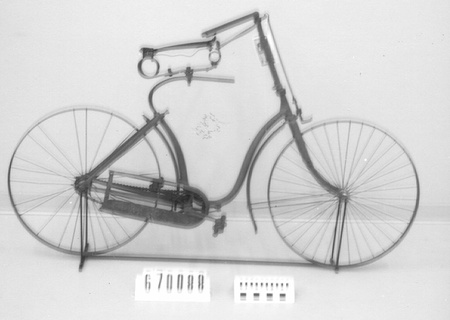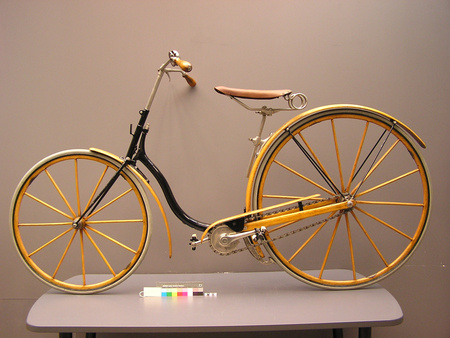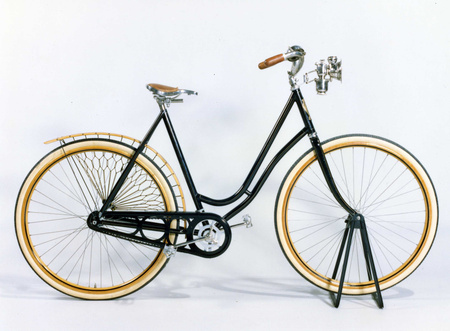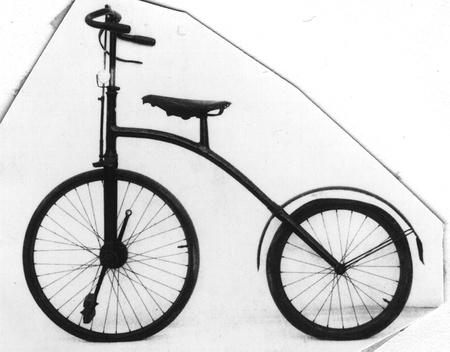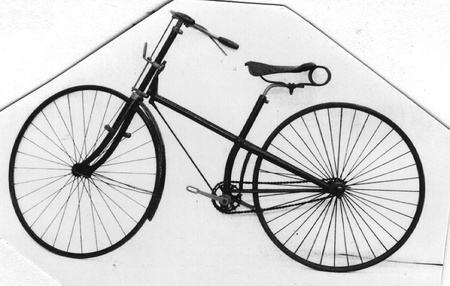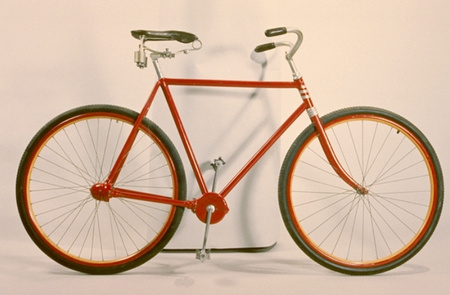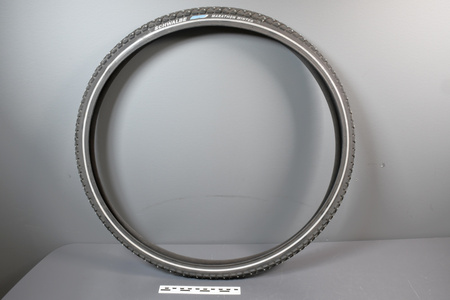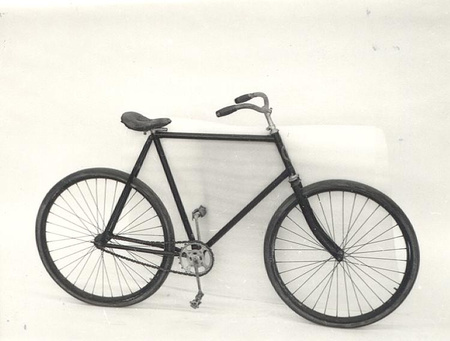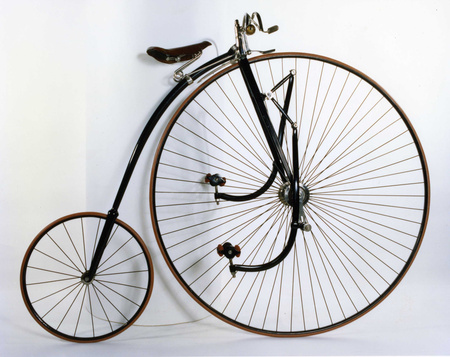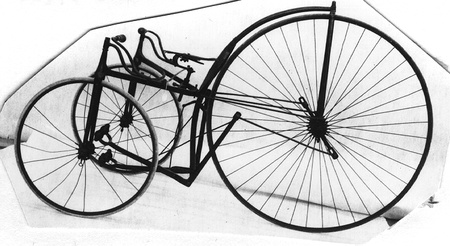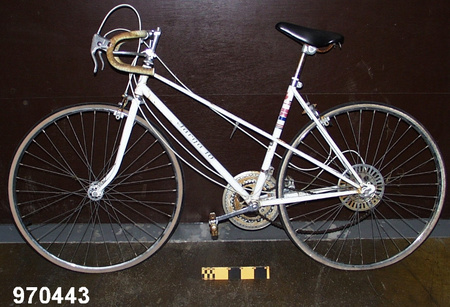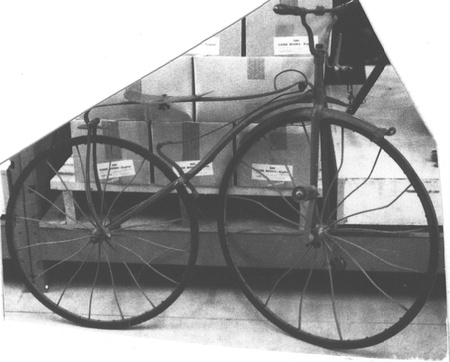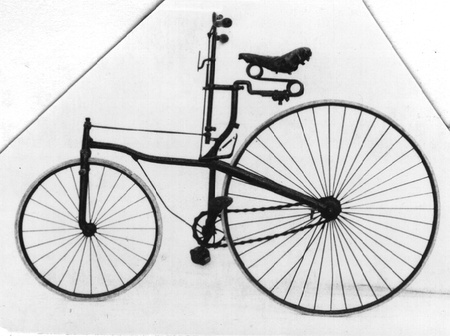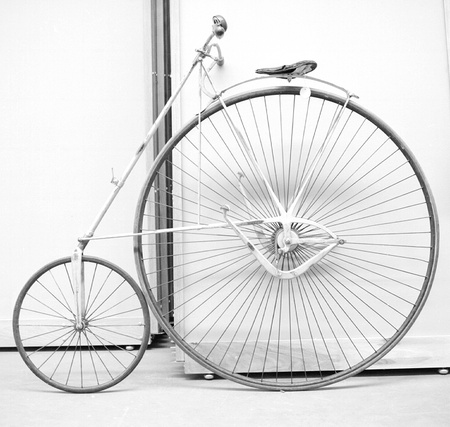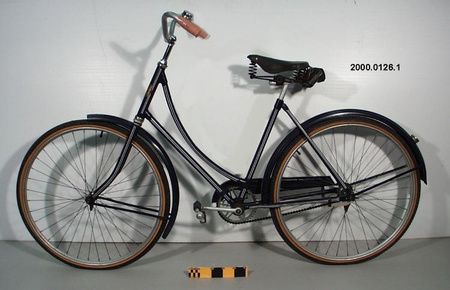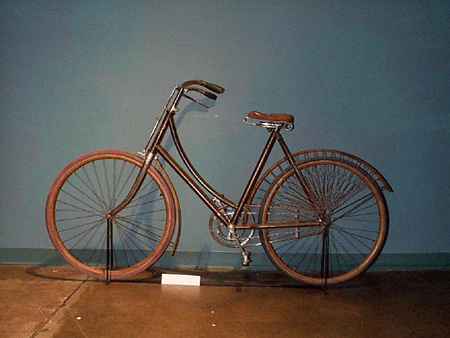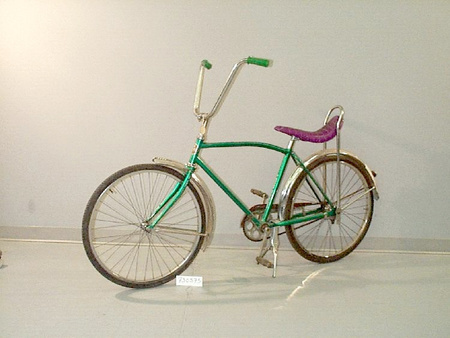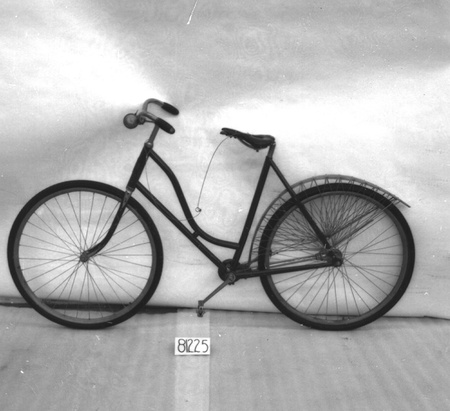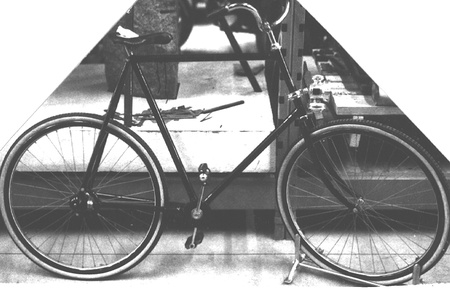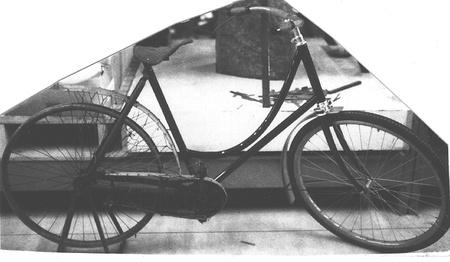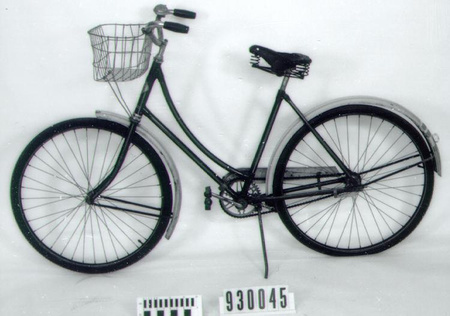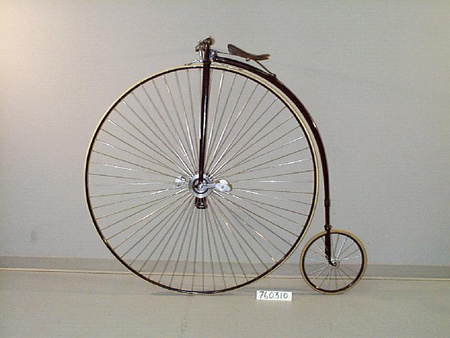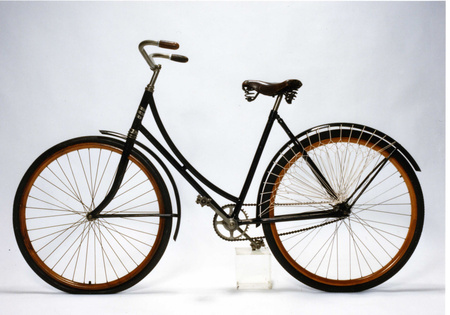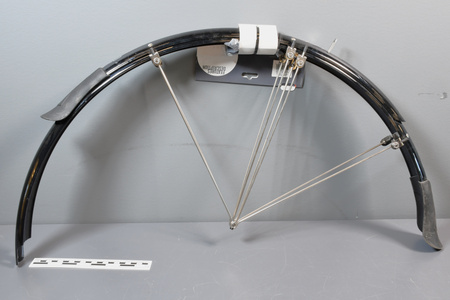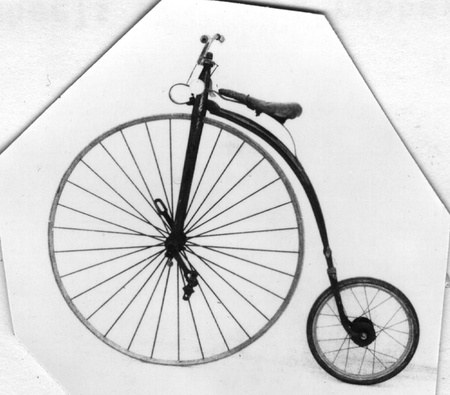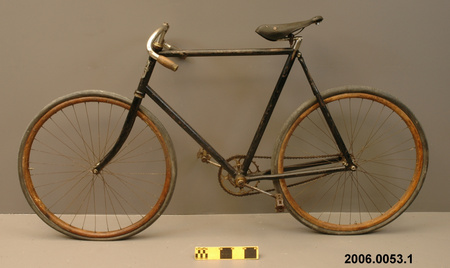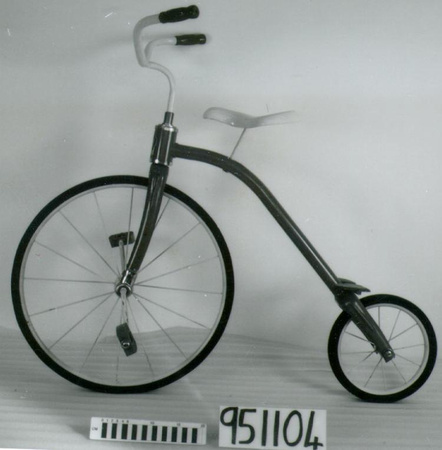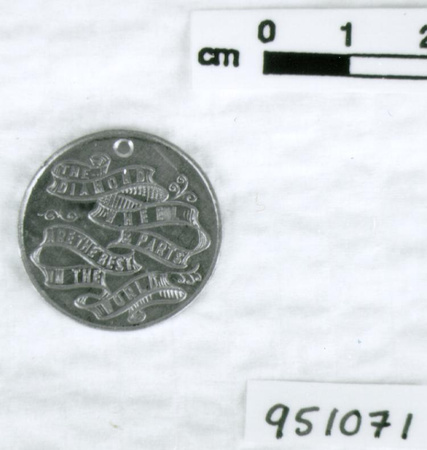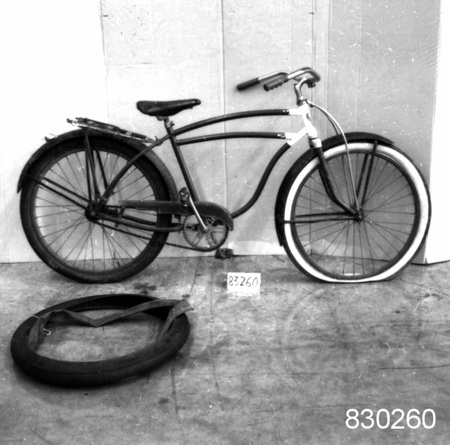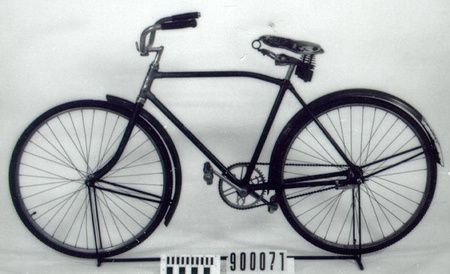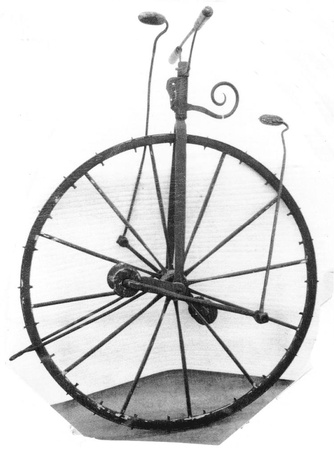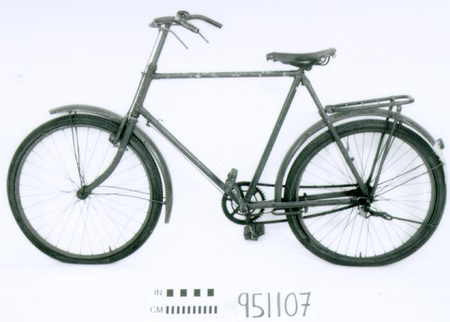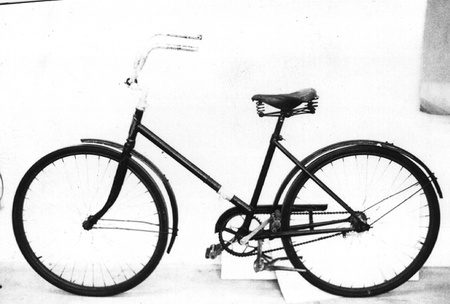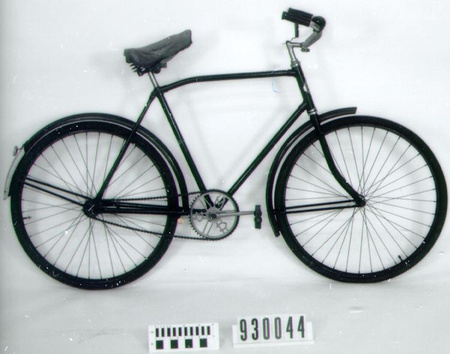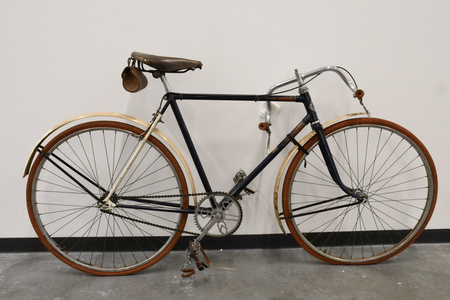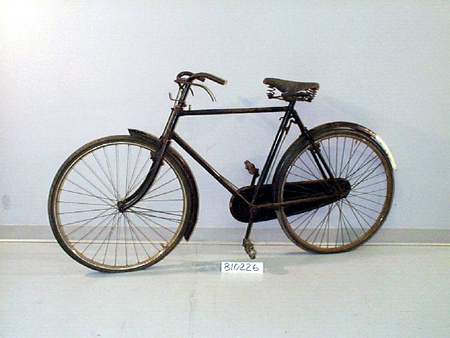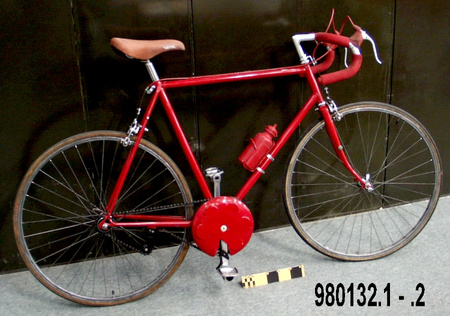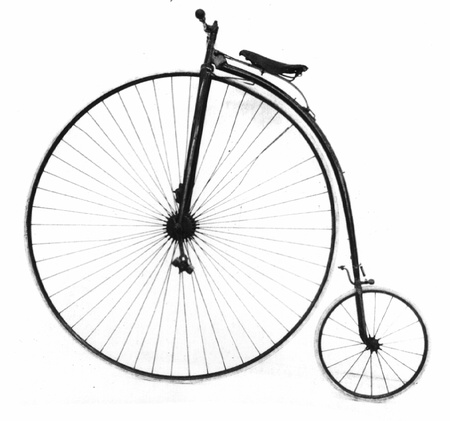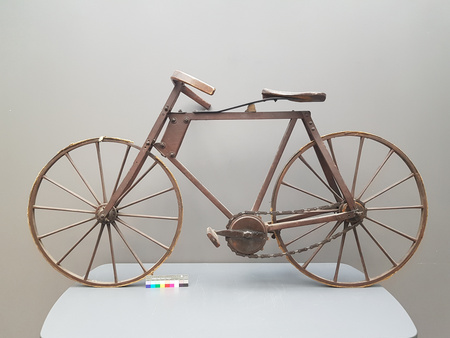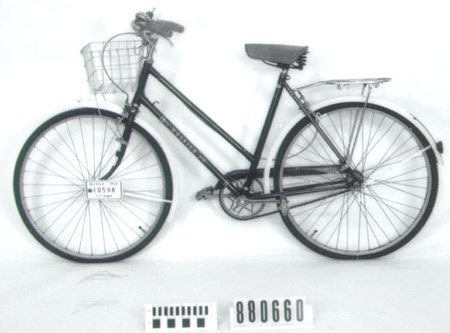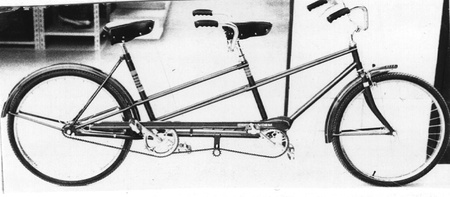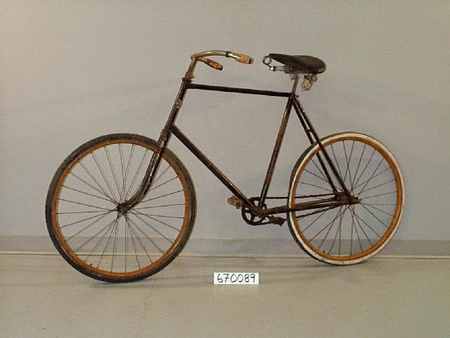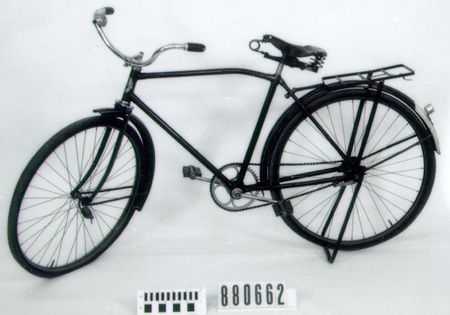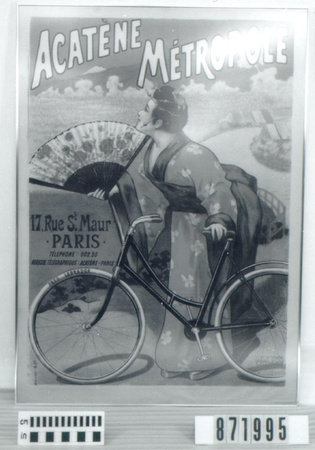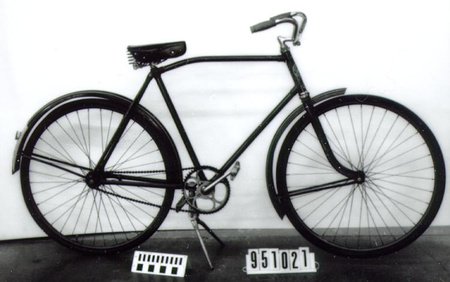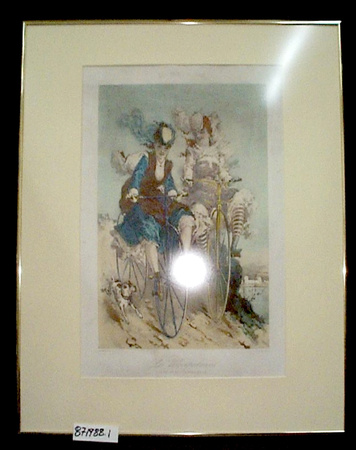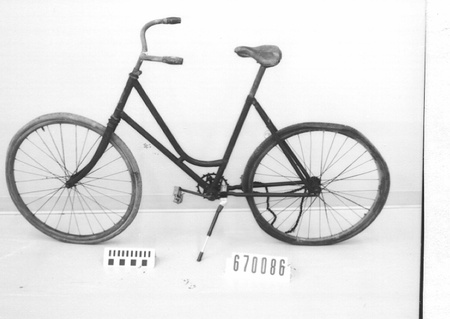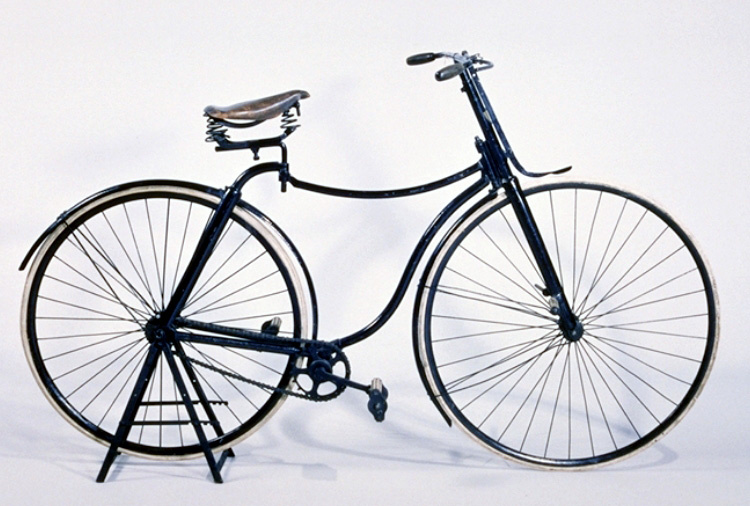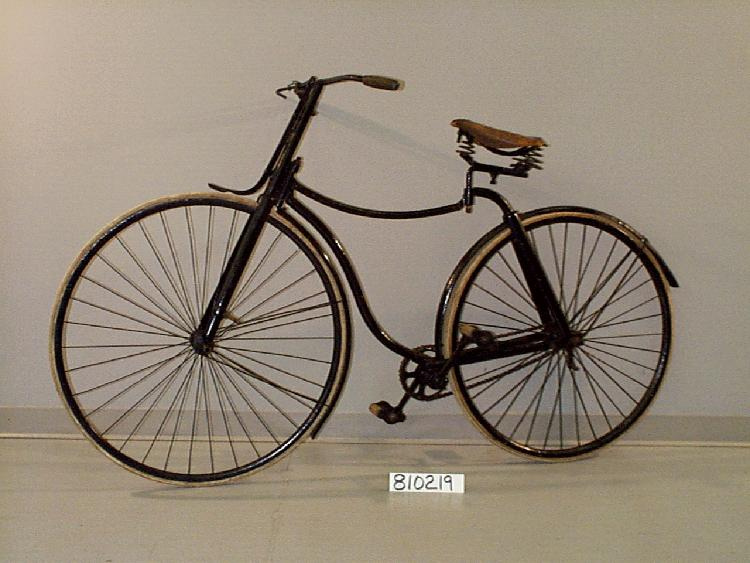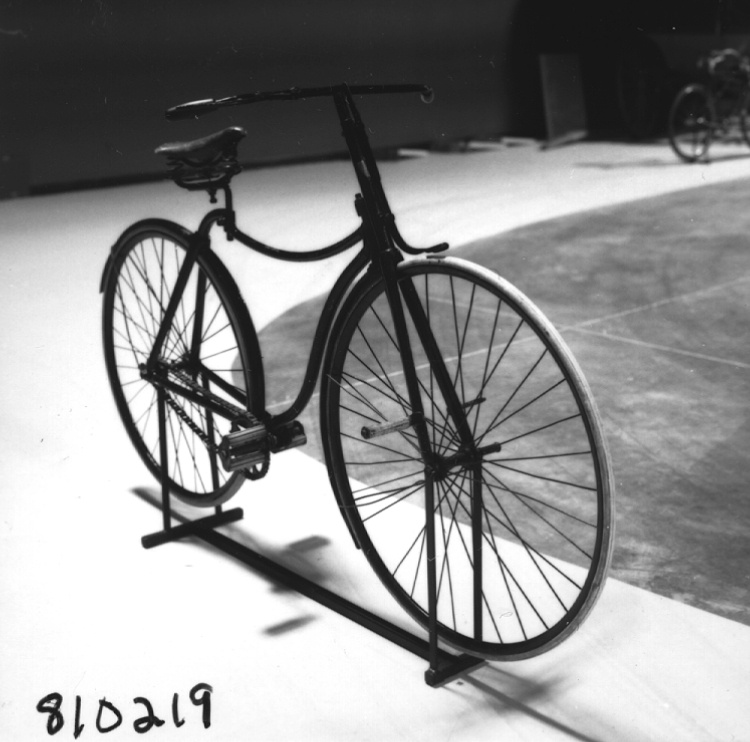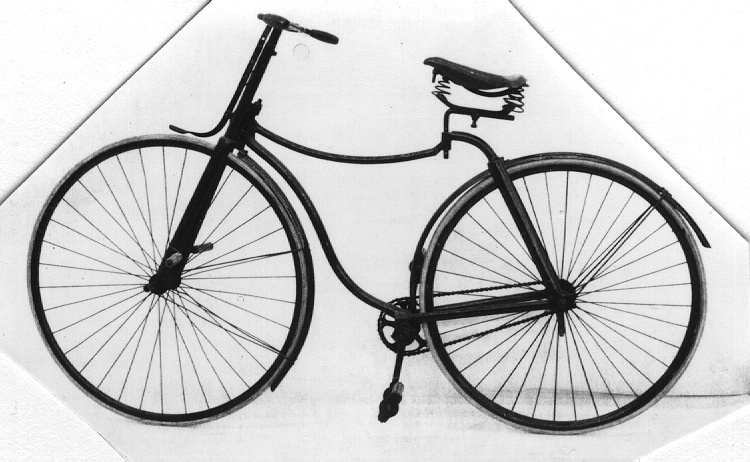Bicycle
Use this image
Can I reuse this image without permission? Yes
Object images on the Ingenium Collection’s portal have the following Creative Commons license:
Copyright Ingenium / CC BY-NC-ND (Attribution-NonCommercial 4.0 International (CC BY-NC 4.0)
ATTRIBUTE THIS IMAGE
Ingenium,
1981.0219.001
Permalink:
Ingenium is releasing this image under the Creative Commons licensing framework, and encourages downloading and reuse for non-commercial purposes. Please acknowledge Ingenium and cite the artifact number.
DOWNLOAD IMAGEPURCHASE THIS IMAGE
This image is free for non-commercial use.
For commercial use, please consult our Reproduction Fees and contact us to purchase the image.
- OBJECT TYPE
- safety/chain drive/diamond frame, curved
- DATE
- 1888
- ARTIFACT NUMBER
- 1981.0219.001
- MANUFACTURER
- Starley, J.K. & Sutton, W.
- MODEL
- Rover
- LOCATION
- Coventry, England
More Information
General Information
- Serial #
- N/A
- Part Number
- 1
- Total Parts
- 1
- AKA
- N/A
- Patents
- N/A
- General Description
- METAL FRAME/ METAL WHEELS W. SOLID RUBBER TIRES/ RUBBER PADS ON PEDALS/ WOOD HANDGRIPS/ LEATHER SADDLE
Dimensions
Note: These reflect the general size for storage and are not necessarily representative of the object's true dimensions.
- Length
- 188.0 cm
- Width
- 72.0 cm
- Height
- 114.0 cm
- Thickness
- N/A
- Weight
- N/A
- Diameter
- N/A
- Volume
- N/A
Lexicon
- Group
- Non-motorized Ground Transportation
- Category
- Cycles & cycling
- Sub-Category
- N/A
Manufacturer
- AKA
- Starley
- Country
- England
- State/Province
- Unknown
- City
- Coventry
Context
- Country
- Unknown
- State/Province
- Unknown
- Period
- Unknown
- Canada
-
Safety bicycles made their way to North America in the mid-to-late 1880s, and instantly became a success. Women contributed to the wider acceptance of the safety bicycle and began using the bicycle as a means of asserting their independence and redefining their gender identity. The Canadian world was still strictly adhering to Victorian values. Therefore, women used the bicycle as a way of reasserting their freedom of movement and travel. The number of bicycle users in Canada increased rapidly after 1890 as bicycles became safer to ride with the addition of pneumatic tires. They also became more affordable with the price of bicycles being halved between 1896 and 1900. Starley & Sutton’s Rover was a machine that was exported around the world, and many examples found their way into Canadian riders’ hands. Les bicycles de sécurités ont fait leurs débuts en Nord Amérique au milieu des années 1880s et les femmes ont grandement contribuées à la popularité de ce mode de transport. Les femmes utilisaient le bicycle pour redéfinir leurs indépendances et pour briser les anciennes valeurs victoriennes de genre. Le nombre d'utilisateurs des bicycles ont grandement augmenter au Canada en 1890 avec l'innovation des roues à pneumatique gonflables. Cette invention rendait le mode de transport plus sécuritaire et le prix des bicycles a graduellement diminué entre 1896 et 1900. Le Rover fabriqué par Starley et Sutton étaient exportés au travers le monde et plusieurs machines ont trouvé leur chemin au Canada. - Function
-
This artifact was used as a mode of transportation with energy generated by pedaling. Cet artefact est utilisé comme mode de transport en générant de l’énergie en pédalant. - Technical
-
The distribution of weight is the most important part of bicycle physics, and the diamond pattern distributed weight better than the cross-frame. This machine still used solid rubber tires, but later machines featured pneumatic tires. The Rover was sturdy, had a much safer ride compared to the Ordinaries, transferred shocks of the ride better, and it gave regular folks as well as women the freedom to take up cycling as a mode of transportation. Cycle manufacturers adapted this new bicycle for women to account for their long skirts. They did this by dropping the top tube of the diamond frame down to just above the main lower tube, where it then joined and further braced the tube supporting the seat and crank bracket above the pedals. La distribution du poids sur le bicycle est primordiale pour l'utilisation de ce mode de transport. Le cadre de bicycle fait en diamant est supérieure à celui du cadre en croix. Cette machine utilise des pneus en caoutchouc solide, mais les modèles plus jeunes ont adopté des pneus pneumatiques. Le Rover est plus sécuritaire à comparer au bicycle Ordinaire et ils absorbent les chocs plus facilement. Ces bicycles ont aussi été modifier pour accommoder les femmes qui portaient des jupes longues. Ils ont accompli cette tâche en descendant le tuyau du dessus le châssis du diamant juste au-dessus du tuyau principal. Le tuyau et était fixé au banc et au braquet comme contrevent de la machine au-dessus des pédales. - Area Notes
-
Unknown
Details
- Markings
- SHIELD SHAPED BRASS MFR'S PLATE ON STEM: 'THE ROVER, STARLEY & SUTTON, CONVENTRY'
- Missing
- N/A
- Finish
- REFINISHED WITH BLACK ENAMEL PAINT/ WHITE TIRES & PEDAL PADS
- Decoration
- N/A
CITE THIS OBJECT
If you choose to share our information about this collection object, please cite:
Starley, J.K. & Sutton, W., Bicycle, circa 1888, Artifact no. 1981.0219, Ingenium – Canada’s Museums of Science and Innovation, http://collection.ingenium.ca/en/id/1981.0219.001/
FEEDBACK
Submit a question or comment about this artifact.
More Like This
